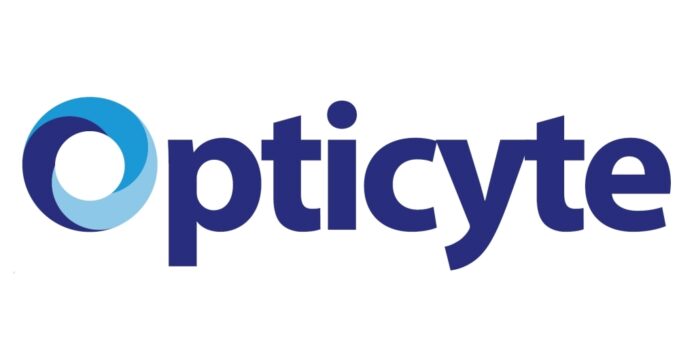SEATTLE– Opticyte, a medical device start-up, announced today that its Cell O₂ Patient Monitor received Breakthrough Device Designation from the U.S. Food and Drug Administration (FDA) for real-time, continuous monitoring of patients at risk of organ failure.
The Cell O₂ Patient Monitor uses noninvasive optical spectroscopy technology to measure and detect systemic low oxygen levels inside cells. The device holds promise to reduce organ failure by immediate and continuous monitoring of cellular oxygen levels during hospitalization for sepsis, trauma, and myocardial infarction.
The Breakthrough Device Designation provides for timely interactions with the FDA and prioritized review of the regulatory submissions. The program is designed to help accelerate the regulatory approval process for devices with the potential to provide more effective treatment over existing standard of care for life-threatening diseases and enables patients to achieve more timely access to emerging medical devices. Fewer than 800 devices in the history of the FDA regulatory approval process have ever received Breakthrough Device Designation.
“We’re pleased the FDA recognized the strength of our data and the promise of our technology to deliver reliable and actionable cellular oxygenation readings for medical staff–often working in emergency medicine–to more effectively prevent organ failure and save lives,” said Lori Arakaki, Ph.D., Opticyte Co-Founder and CEO. “This new designation will allow us to more quickly reach sepsis, trauma, and cardiac surgery patients with organ dysfunction who are on the verge of organ failure.”
The Opticyte device was used in a recently completed first-in-human observational study of nearly 150 patients at Harborview Medical Center and University of Washington Medical Center in Seattle. The study documented real-time readings of low cell O₂ in patients with sepsis, a potential precursor to organ failure, shock, and death. Opticyte is currently coordinating additional studies investigating the prognostic value of cell oxygenation for organ dysfunction and mortality in patients across indications and care settings.
According to the Centers for Disease Control and Prevention (CDC), at least 1.7 million adults in the U.S. develop sepsis, and nearly 270,000 die as a result every year. The current standard of care for determining organ dysfunction, including for patients with sepsis, trauma or myocardial infarction, requires a blood draw, lab work, and approximately two hours of testing time. The significant market gap in the United States for these three populations across emergency and intensive care represents a $2.8B opportunity annually.
“In the emergency department, we’re always racing against time. Opticyte’s technology offers the potential to see continuous, real-time data indicating systemic low cellular oxygenation and allow those of us on the frontlines of care to respond with effective countermeasures to course correct potential organ dysfunction and ideally save more lives,” said Dr. Eileen Bulger, Chief of Trauma at Harborview Medical Center.
Opticyte studied more than 130 healthy people with a wide variety of physical characteristics, including lighter and darker skin tones, to develop the training and testing data for its machine learning algorithm.
“Opticyte’s commitment to ensuring people with different skin tones and pigmentation are included in the foundation of their technology, dramatically improving the standard of care and saving lives for the hundreds of thousands of people suffering from organ dysfunction, makes us especially proud to support their efforts,” said Nate Doran, a Seattle-based micro VC.






